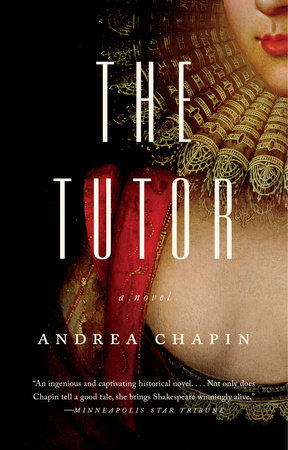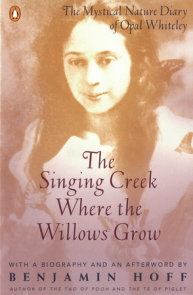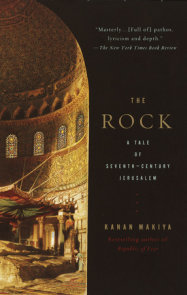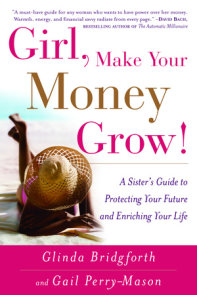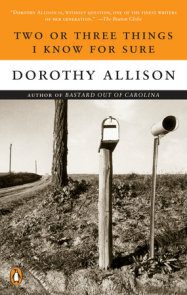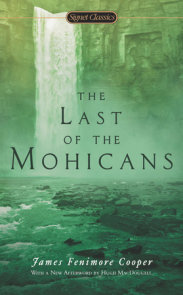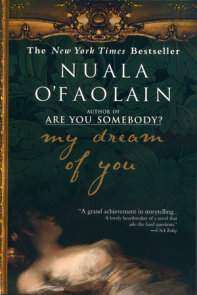READERS GUIDE
Questions and Topics for Discussion
INTRODUCTION
The year is 1590, and Queen Elizabeth’s Spanish Armada victory has done nothing to quell her brutal persecution of the English Catholics. Katharine de L’Isle is living at Lufanwal Hall, the manor of her uncle, Sir Edward. Taught by her cherished uncle to read when a child, Katharine is now a thirty-one-year-old widow. She has resigned herself to a life of reading and keeping company with her cousins and their children. But all that changes when the family’s priest, who had been performing Catholic services in secret, is found murdered. Faced with threats of imprisonment and death, Sir Edward is forced to flee the country, leaving Katharine adrift in a household rife with turmoil.
At this time of unrest, a new schoolmaster arrives from Stratford, a man named William Shakespeare. Coarse, quick-witted, and brazenly flirtatious, Shakespeare swiftly disrupts what fragile peace there is left at Lufanwal. Katharine is at first appalled by the boldness of this new tutor, but when she learns he is a poet, and one of talent, things between them begin to shift, and soon Katharine finds herself drawn into Shakespeare’s verse, and his life, in ways that will change her forever.
Inventive and absorbing, The Tutor is a masterful work of historical fiction, casting Shakespeare in a light we’ve never seen.
ABOUT ANDREA CHAPIN
Andrea Chapin has been an editor at art, movie, theater, and literary magazines, including The Paris Review, Conjunctions, and The Lincoln Center Theater Review. She has written for such publications as More, Redbook, Town & Country, Self, Martha Stewart Living, and others. Chapin lives in Brooklyn with her husband and two children.
DISCUSSION QUESTIONS
- Throughout the novel, Queen Elizabeth is referred to as a destructive force because of her persecution of Catholics. How does the De L’Isle family’s Catholicism color their perception of the times they live in?
- How is Katharine’s view of love shaped by her traumatic childhood? At the end Katharine admits to Smythson that she is “terribly afraid” of love. Is there a connection between what she seeks and ultimately doesn’t get from Shakespeare that relates to the loss of her family? What role does Sir Edward play in Katharine’s life and what role does Ned play? How does the reader’s perception of Ned shift as the story unfolds?How does Katharine’s perception of Smythson shift? Discuss the differences between Katharine’s relationships with Sir Edward, Ned, Shakespeare, and Smythson.
- The novel takes place in the sixteenth century, but how are the themes of love, religion, creativity, ambition, family, and the gender divide concurrent with our modern world? For example, how does the persecution of Catholics relate to religious strife today? Discuss “then” vs. “now”—the similarities and/or differences.
- At the start of the book, Katharine acknowledges that poetry thrills her. What does Sir Edward mean when he says to Katharine, “Reading, my sweet Kate, is no replacement for living”? Why has Katharine sought refuge in literature? And how does her work with Shakespeare on the poem “Venus and Adonis” address this theme?
- Why does Katharine begin to see her life as narrow, whereas before she was content within the walls of Lufanwal with her cousins, their children, and her books? What prompts Katharine to consider that there may be a future for her that is different from her world at Lufanwal Hall?
- What part do the women at Lufanwal Hall play in Katharine’s life? How does Katharine view Ursula, Matilda, and Mary? Isabel and Joan try to caution Katharine about Shakespeare, yet she doesn’t she listen. How does Ursula’s sad fate serve as a warning for Katharine? How does the story about the witches serve as a paradigm for how women were treated in Elizabethan times?
- Examine creativity, imagination, collaboration, and authorship in the story. The muse and the artist are ancient archetypes. What is it that the artist needs from the muse? What does Shakespeare need from Katharine? Is Will Shakespeare a good man or a bad man? Or perhaps it’s not that simple. What are Shakespeare’s goals? Has Katharine misread his intentions?
- Is Katharine’s final “union” with Will a feminist victory in that it’s on her own terms and satisfies her long-anticipated dreams? In what way does it provide her with the answers/truth that she needs in order to put him behind her/move on?
- How is Smythson different from Shakespeare? When does Katharine first notice this difference? Aemilia Bassano is a real historical figure and one of a handful of known Elizabethan women writers. Why does Robert Smythson give Katharine the poems by Aemilia Bassano? What does Katharine learn from Smythson?
- Shakespeare’s medium of creation is words—which turn out to be slippery and malleable in his hands, and he uses them beautifully but also to manipulate and control people. Robert’s medium is stone and plaster, which he uses to build magnificent homes to house people. In what ways do their media reflect their character?
- How does Katharine’s relationship with Shakespeare change during the course of the novel? Though Katharine is crushed by her relationship with Shakespeare, how does this relationship serve as a catalyst for transformation within her? What has she learned about herself? And does their relationship change Shakespeare?
- Edward was a tutor to Katharine; Will is (supposed to be) a tutor to the children; Katharine is a tutor to Will by helping to shape his poem; and Katharine is also a tutor to Molly by teaching her to read (and to be a strong woman). Is Smythson a tutor? How so? What similarities do these “tutorships” share and in what ways are they different?









